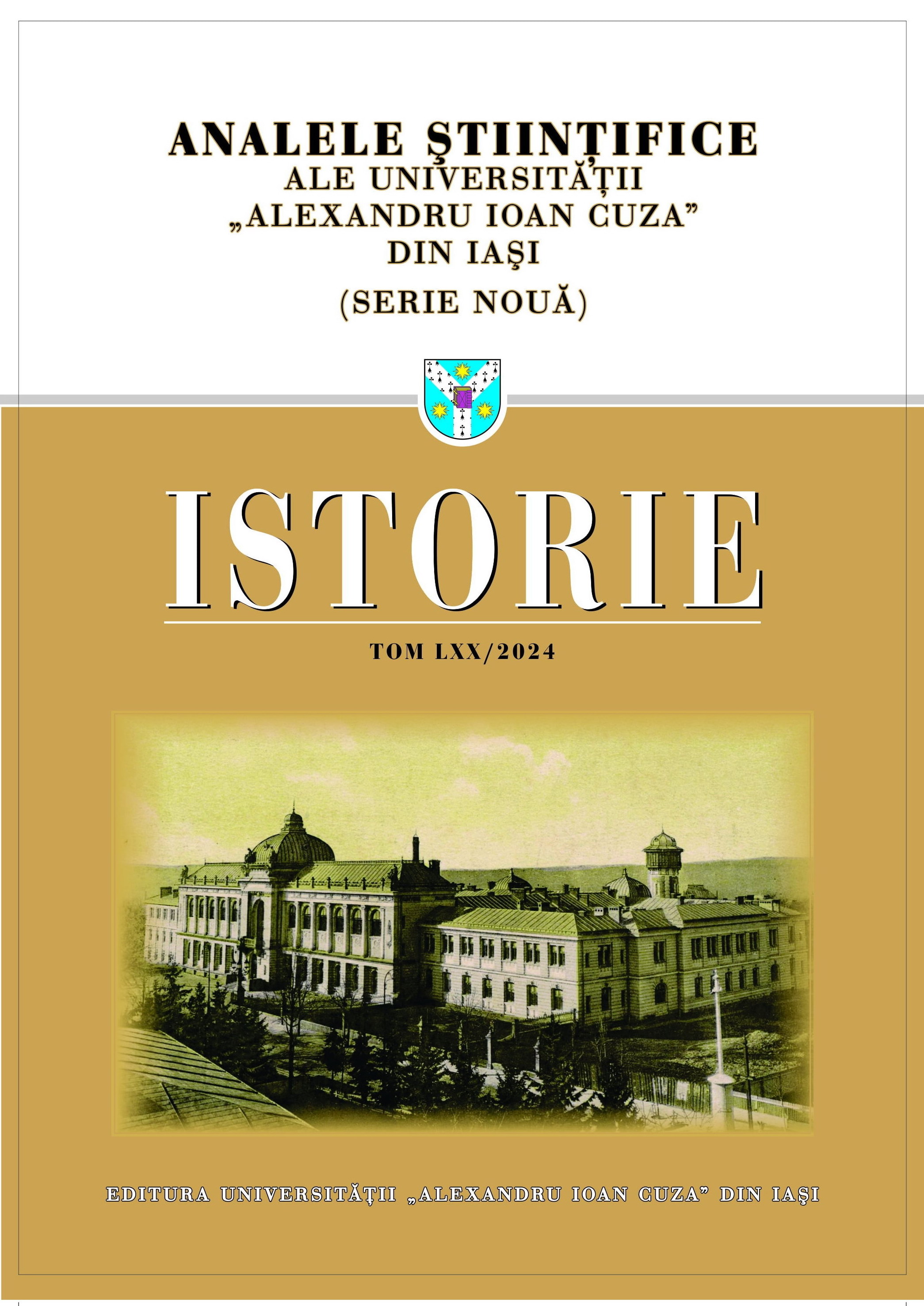Ceramica de tip roman provincial din Muntenia
în secolele II-III p. Chr.
Roman provincial pottery from Muntenia in the 2nd-3rd centuries
Author(s): Mădălina Sava-MoiseSubject(s): History, Archaeology, Cultural history, Ancient World
Published by: Editura Universităţii »Alexandru Ioan Cuza« din Iaşi
Keywords: Roman conquest; Chilia – Militari culture; traditional ceramic; Roman provincial pottery; rough pottery;
Summary/Abstract: After the end of the Daco-Roman wars, most of the territories conquered by the Romans were included in the province of Dacia. The territory of Muntenia had a special status, being part of the province of Moesia Inferior between the years 101-117. P. Chr. On the territory of Muntenia, the so-called Chilia-Militari culture developed, highly influenced by the Roman one. After the years 117-118 p. Chr. the Sarmatians also entered Muntenia, settling mainly in the lowland; in their settlements there is evidence of coexistence with the local Dacians. The Roman influence in these territories can be seen even more in the ceramic products made by local craftsmen. The most artefacts discovered in the settlements of this culture are of course the ceramic vessels, hand or wheel worked. The ones worked on the wheel are of several types: traditional, from fine paste, the ones with a rough appearance – roman provincial types, and imported ceramics. Pottery of rough appearance, also known as “kitchen dishes” has been discovered in numerous settlements, and is thought to be evidence of Roman influence. These vessels were made of the paste mixed with pebbles, which gave it a rough appearance, and fired grey, grey- yellow and brick colors. They were discovered in settlements in the west and center of Muntenia at Coloneşti, Scorniceşti, Mătăsaru, Podul Dâmboviţei, Militari, Alexandria, Bucov, etc.
Journal: Analele Ştiinţifice ale Universităţii »Alexandru Ioan Cuza« din Iaşi. Istorie
- Issue Year: 2024
- Issue No: 70
- Page Range: 113-125
- Page Count: 13
- Language: Romanian
- Content File-PDF

